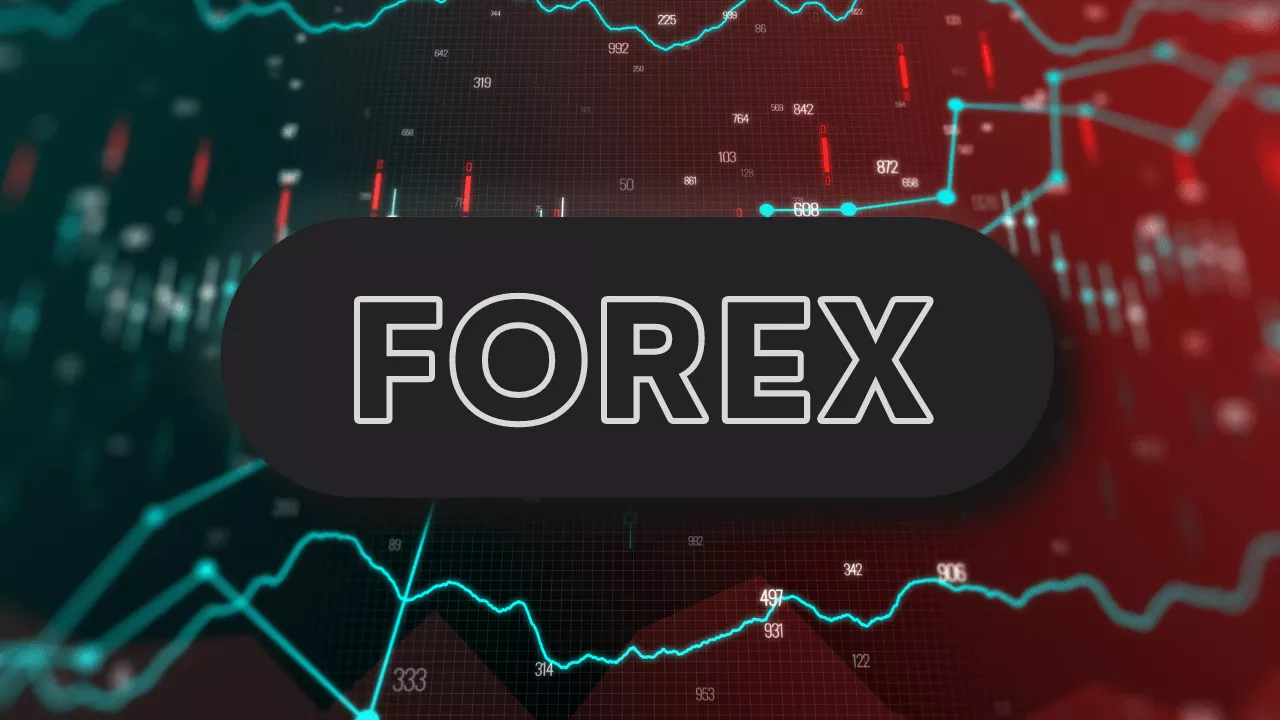Cryptocurrencies have revolutionized the financial landscape by introducing decentralized, peer-to-peer networks. This decentralization means that no single entity controls the currency, enhancing transparency and security. Here, we explore the seven most decentralized cryptocurrencies, assessing their structures, governance, and community engagement.
What is Decentralization?
Decentralization in the context of cryptocurrencies refers to a system where control is distributed across multiple nodes rather than being concentrated in a single authority. This ensures resilience, transparency, and reduced susceptibility to corruption and manipulation.
Key Characteristics of Decentralized Cryptocurrencies
Distributed Network: Nodes are spread globally, ensuring no single point of failure.
Open Source: The code is publicly accessible, allowing for community audits and improvements.
Consensus Mechanisms: These mechanisms (e.g., Proof of Work, Proof of Stake) validate transactions without central authority.
Community Governance: Decisions are made through consensus, often involving voting by stakeholders.
See Also: 5 Best Digital Wallets For Cryptocurrency
1. Bitcoin (BTC)
Introduction
Bitcoin, created by an anonymous person or group known as Satoshi Nakamoto, is the first and most well-known cryptocurrency. It introduced the concept of a decentralized ledger, the blockchain, and remains the most widely adopted and trusted cryptocurrency.
Decentralization Aspects
Network: Bitcoin’s network consists of thousands of nodes distributed globally.
Mining: It employs Proof of Work (PoW), where miners solve complex mathematical problems to validate transactions.
Governance: Decisions are made through community consensus. Major changes require a majority agreement among developers, miners, and users.
Strengths and Weaknesses
Strengths: High security, widespread adoption, robust infrastructure.
Weaknesses: High energy consumption, scalability issues.
2. Ethereum (ETH)
Introduction
Ethereum, proposed by Vitalik Buterin, is a decentralized platform that enables smart contracts and decentralized applications (dApps). It aims to extend the functionalities of blockchain technology beyond simple transactions.
Decentralization Aspects
Network: Ethereum has a vast network of nodes that execute and validate smart contracts.
Consensus: Currently transitioning from Proof of Work (PoW) to Proof of Stake (PoS) through Ethereum 2.0.
Governance: Ethereum Improvement Proposals (EIPs) allow the community to suggest and implement changes.
Strengths and Weaknesses
Strengths: Versatile platform, large developer community, continuous upgrades.
Weaknesses: Network congestion, high gas fees.
3. Cardano (ADA)
Introduction
Cardano, founded by Charles Hoskinson, is a blockchain platform focused on sustainability, scalability, and transparency. It employs a research-driven approach to development.
Decentralization Aspects
Network: Cardano uses a layered architecture to enhance scalability and security.
Consensus: Utilizes Ouroboros PoS protocol, which is energy-efficient and secure.
Governance: Project Catalyst allows ADA holders to propose and vote on projects.
Strengths and Weaknesses
Strengths: Strong academic backing, energy-efficient, scalable.
Weaknesses: Slower development process, lower adoption compared to Ethereum.
4. Polkadot (DOT)
Introduction
Polkadot, created by Dr. Gavin Wood, aims to enable different blockchains to interoperate seamlessly. It connects multiple blockchains into a single network, enhancing scalability and innovation.
Decentralization Aspects
Network: Features a relay chain and multiple parachains, which work in parallel.
Consensus: Uses Nominated Proof of Stake (NPoS), involving validators and nominators.
Governance: On-chain governance model allows stakeholders to participate in decision-making.
Strengths and Weaknesses
Strengths: High scalability, interoperability, active development.
Weaknesses: Complexity, relatively new in the market.
5. Tezos (XTZ)
Introduction
Tezos is a self-amending blockchain that emphasizes governance by the community. It allows stakeholders to vote on protocol upgrades, reducing the risk of hard forks.
Decentralization Aspects
Network: Decentralized network of nodes that validate transactions and secure the blockchain.
Consensus: Uses Liquid Proof of Stake (LPoS), promoting decentralized governance.
Governance: On-chain governance mechanism lets stakeholders vote on proposals.
Strengths and Weaknesses
Strengths: Flexible governance, active community, strong security.
Weaknesses: Lower transaction throughput, lesser adoption.
6. Cosmos (ATOM)
Introduction
Cosmos aims to create an “Internet of Blockchains,” enabling different blockchains to communicate and exchange data. It focuses on solving interoperability and scalability issues.
Decentralization Aspects
Network: Consists of multiple independent blockchains called zones connected to a central hub.
Consensus: Utilizes Tendermint Byzantine Fault Tolerance (BFT) for consensus.
Governance: On-chain governance allows ATOM holders to vote on upgrades and changes.
Strengths and Weaknesses
Strengths: High interoperability, scalable, active developer community.
Weaknesses: Relatively complex, competition with other interoperability projects.
7. Monero (XMR)
Introduction
Monero focuses on privacy and untraceability. It uses advanced cryptographic techniques to ensure transactions are private and anonymous.
Decentralization Aspects
Network: Decentralized network of nodes that maintain privacy features.
Consensus: Employs PoW, ensuring robust security and decentralization.
Governance: Community-driven with no central authority, regular updates from developers.
Strengths and Weaknesses
Strengths: Strong privacy features, robust security, active community.
Weaknesses: Negative perception due to association with illicit activities, less regulatory acceptance.
Conclusion
Decentralization is the cornerstone of the cryptocurrency ethos, ensuring resilience, security, and community governance. While Bitcoin remains the benchmark for decentralization, other cryptocurrencies like Ethereum, Cardano, and Polkadot are pushing the boundaries with innovative consensus mechanisms and governance models. Each cryptocurrency brings unique strengths and faces specific challenges, contributing to the diverse and dynamic landscape of decentralized finance.
Related topics:
























